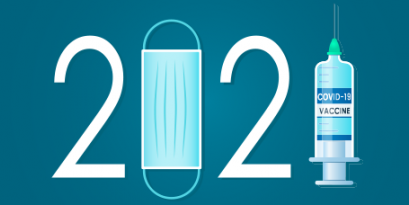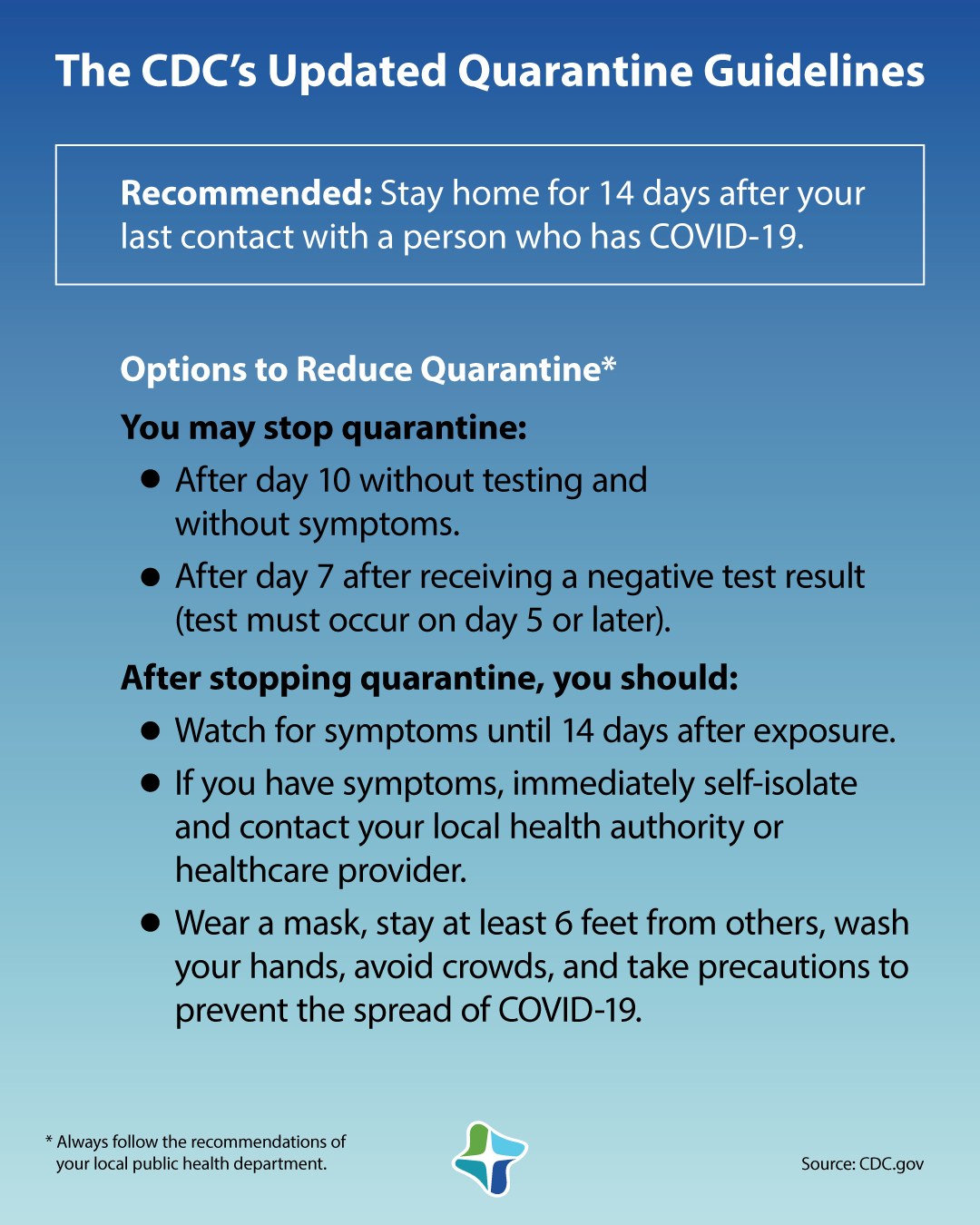Nearly a year after the World Health Organization declared COVID-19 to be a global pandemic, we have been hearing more hopeful news as governments have begun distributing vaccines to certain priority groups, including healthcare providers, first responders and at-risk individuals,including those over the age of 65 or under 65 with certain underlying conditions.
Amazing progress has been made so far. Texas became the first state to administer 1 million doses of the vaccine, and the vaccine has been administered to residents of all 254 counties. With two vaccines -- from Pfizer and Moderna -- currently authorized for emergency use, there are also vaccines from AstraZeneca, Janssen, and Novavax in stage 3 clinical trials.
Vaccine supply remains limited, so it is important to be patient and continue to follow the CDC guidelines and healthy behaviors that we have become accustomed to in the past few months. Check out everything we know about COVID-19 a year after it burst onto the world stage.
Current Treatments for COVID-19
There have been several breakthroughs this past year in how doctors treat COVID-19. Remdesivir, for example, is an antiviral given by intravenous infusion in the hospital and was the first drug the FDA approved to treat COVID-19. It has been shown to shorten the time to recovery in several patients with severe COVID-19.
The FDA has also granted an emergency-use authorization for the rheumatoid arthritis drug baricitinib to treat some cases of the virus by reducing inflammation.
Emergency-use authorization was also granted for convalescent plasma therapy to treat COVID-19. Convalescent plasma is blood donated by people who've recovered from COVID-19, and doctors use it as a type of immune-based therapy.
Another form of treatment that has been proven to benefit patients with respiratory symptoms is proning. Proning is the process of turning a patient with respiratory issues from their back onto their stomach to help them breathe better. This is generally reserved for sedated patients who need ventilators, but it has also been known to benefit other patients with COVID-19 as well. Benefits of proning include a reduced risk of ventilator-induced lung injury, less lung compression, improved heart function, and better drainage of secretions produced in diseased lungs.
Research into other treatments for COVID-19 continues, with some areas including other antiviral and anti-inflammatory drugs.
Common Symptoms of COVID-19
There has been a lot of discourse about all the symptoms associated with COVID-19. Over the last year, the CDC has compiled a list of the most common ones people reported, including:
- Fever or chills
- Cough
- Shortness of breath or difficulty breathing
- Fatigue
- Muscle or body aches
- Headache
- New loss of taste or smell
- Sore throat
- Congestion or runny nose
- Nausea or vomiting
- Diarrhea





